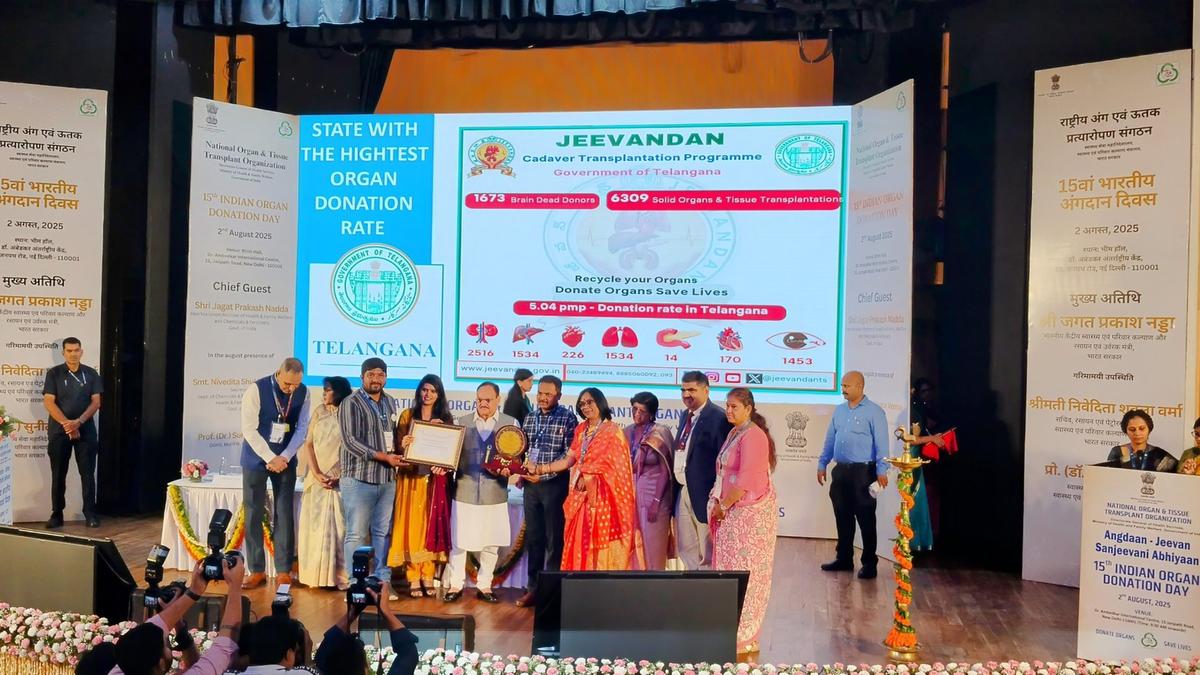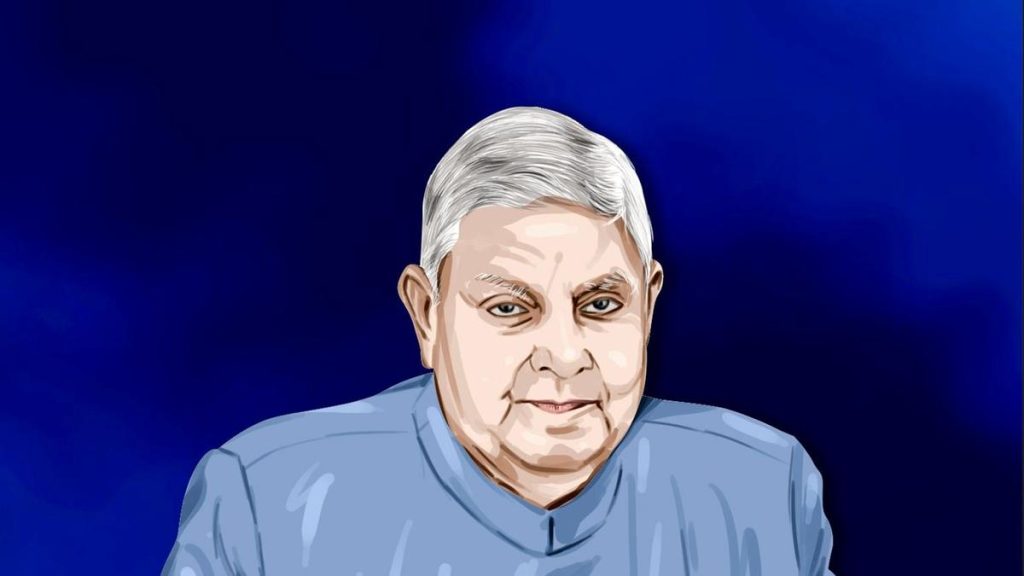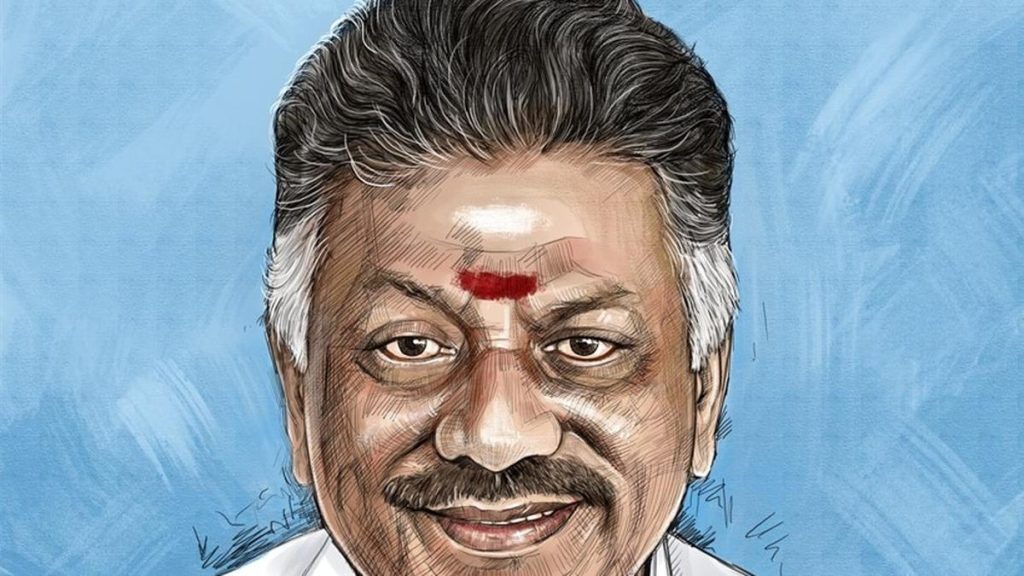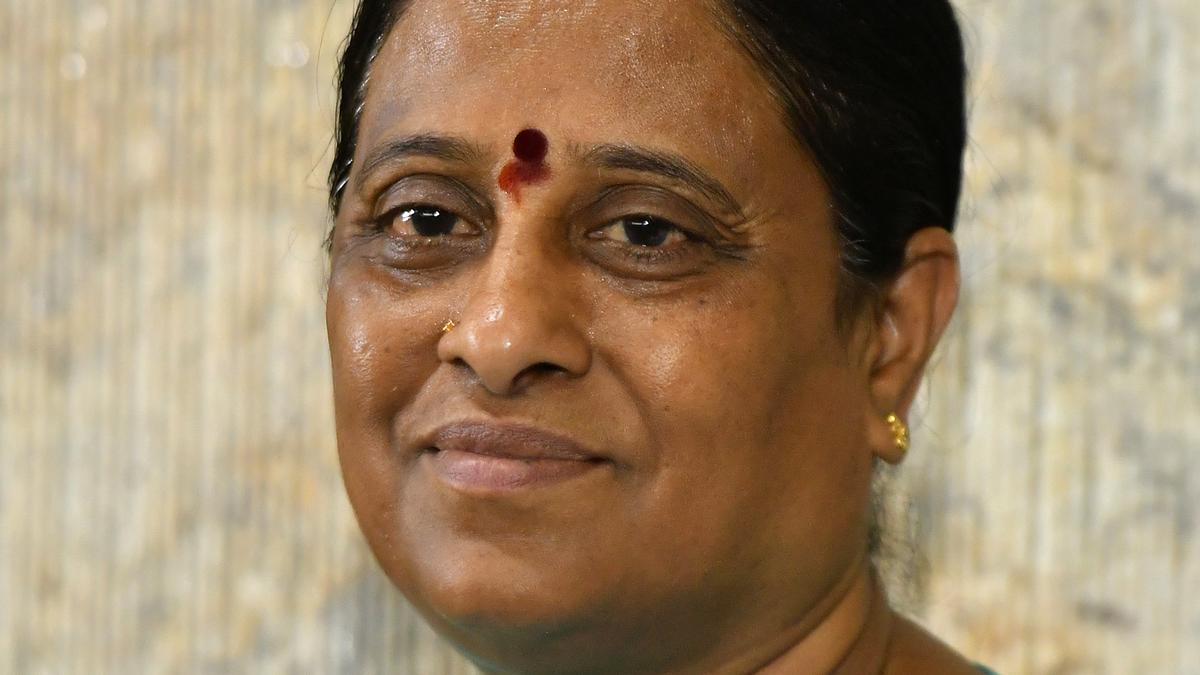Now Reading: Telangana Tops India in Cadaver Organ Donation Rate
-
01
Telangana Tops India in Cadaver Organ Donation Rate
Telangana Tops India in Cadaver Organ Donation Rate

Speedy Summary
- Telangana was recognized for achieving the highest cadaver organ donation rate in India at the 15th Indian Organ Donation Day celebrations in New Delhi on August 2.
- Union Minister for Health and Family Welfare J.P. Nadda presented the award to representatives of the State’s Jeevandan programme, wich has been instrumental in its success.
- Telangana recorded an organ donation rate of 4.88 donors per million population (pmp) in 2024, surpassing India’s national average of 0.8 pmp but lagging behind global leaders like Spain (48 pmp) and the U.S. (30 pmp).
- In 2024 alone,Jeevandan facilitated donations from 188 brain-dead individuals,enabling transplantation of a total of 725 organs and tissues across various categories: kidneys (297),livers (175),hearts (26),corneas (152),and lungs (75).
- Jeevandan was launched by the Government of Telangana in 2013, managed by its Cadaver Transplantation Advisory Committee under various health officials.
- Since inception, it has resulted in donations from over 1,673 deceased donors and transplantation efforts involving more than 6,309 organs and tissues.
Indian Opinion Analysis
Telangana’s achievement underscores meaningful advancements in India’s healthcare approach toward organ donation-a sector critical yet often hindered by cultural hesitations or logistical challenges. Wiht Jeevandan exceeding national averages substantially at a rate close to five times higher than other Indian states, this initiative highlights efficient policy frameworks combined with awareness drives as key contributors to progress.However, when juxtaposed against global benchmarks such as Spain’s exemplary performance at nearly ten times India’s baseline figure or the U.S.’s far higher rate compared to even Telangana’s numbers-there remains considerable scope for expansion nationally.Efforts like standardizing protocols akin to those followed internationally through organizations like NOTTO could mark future directions.
The focus should remain on replicating models like Jeevandan nationwide while addressing systemic barriers such as better incentives for donor families or infrastructure gaps that impede accomplished transplants outside leading states like Telangana.
Read more: The Hindu Article























